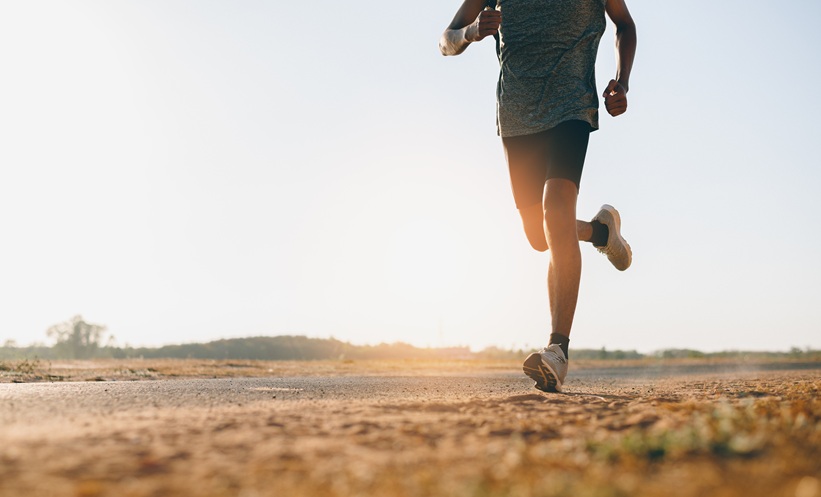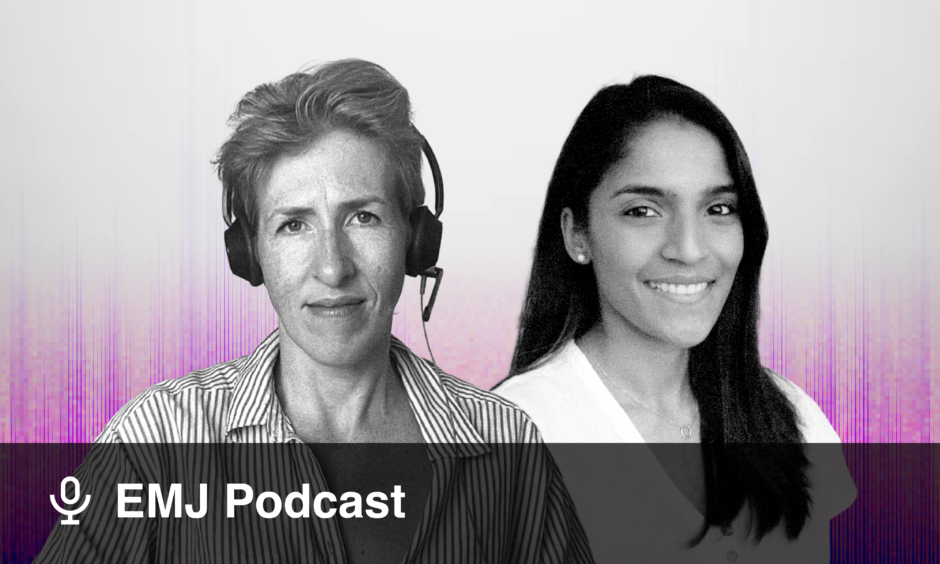A NEW longitudinal study has shown that the timing and duration of sleep meaningfully influence next-day physical activity, offering insights for more effective behavioural health interventions.
Researchers analysed data from two large cohorts to investigate how nightly variations in sleep impact next-day physical activity. In the primary study, nearly 20,000 adults wore validated biometric devices for 1 year, producing over 5.9 million nights of sleep and activity data. An external validation sample of nearly 6,000 participants using Fitbit data from the All of Us Research Program provided further support. The study focused on associations between sleep duration, sleep onset timing, and subsequent moderate-to-vigorous physical activity (MVPA), adjusting for demographic and temporal variables using generalised additive mixed models.
At the between-person level, individuals who typically slept longer or went to bed later engaged in less MVPA and overall physical activity (p<0.001). However, within-person changes offered more actionable insights: nights of shorter-than-usual sleep and earlier-than-usual bedtimes were associated with higher MVPA and total physical activity the following day (p<0.001). The greatest physical activity levels were observed when participants went to bed earlier than usual while maintaining their typical sleep duration. These patterns were consistently observed, though slightly attenuated, in the validation sample. The findings also hint at a trade-off between time spent sleeping and being physically active, suggesting that people may be negotiating between these two health-promoting behaviours.
The study results point to the potential of simple sleep-timing adjustments to boost daily physical activity, supporting a more integrated approach to health promotion. Public health guidelines may benefit from addressing the interplay between sleep and exercise rather than treating them as isolated behaviours.
Reference
Leota J et al. Sleep duration and timing are associated with next-day physical activity: Insights from two large-scale wearable sensor studies. Proc Natl Acad Sci U S A. 2025;122(27):e2420846122.








